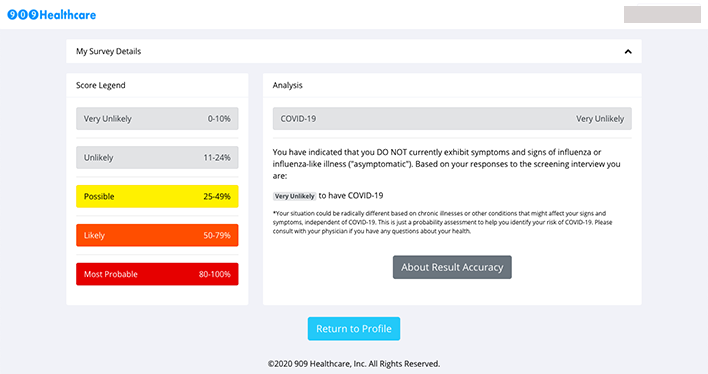
Dr. Farrokh Alemi investigates causal relationships among large amounts of data in electronic health records. He has developed several artificial intelligence models to assist delivery of health care.
George Mason University Professor Farrokh Alemi develops screening tool for COVID-19 during and outside of flu season
As employers and states re-open, COVID-19 infections are increasing in areas of the United States, and experts warn we may see a resurgence during flu season. Once flu season hits, how can we tell the difference between a fever or cough caused by the flu or by COVID-19?
Dr. Farrokh Alemi, professor in the College of Health and Human Services at George Mason University, is focused on answering just that question. Alemi investigates causal relationships among large amounts of data in electronic health records. He has developed several artificial intelligence models to assist delivery of health care. Recently he and colleagues developed a tool that can help health care providers screen for COVID-19 in the community. This tool is being offered free of charge in an easy-to-use web calculator that organizations and then their members can access through 909 Healthcare after requesting a demo. For example, employers can use this tool on a daily basis to monitor who should return to work.

The COV19(TM) tool can help employers make critical decisions about who can safely return to work and when.
“I am excited about working with 909 Healthcare to make the tool readily available,” adds Alemi. “This can help employers make critical decisions about who can safely return to work and when. It can help clinicians make triage decisions before the patient shows up for a visit. Additionally, as COVID-19 spreads in developing countries with already fragile health care systems and limited availability of tests, this community-based tool can help triage patients.”
Alemi’s tool is evidence-based and works for patients whether they show symptoms or not. Alemi and colleagues analyzed data from thousands of symptomatic patients in China, the United Kingdom, and the United States, as well as prior research on asymptomatic individuals to develop the tool.
“One of the surprising factors for us was how cough affected diagnosis of COVID-19,” says Alemi. “Specifically, if it was flu season, individuals with cough were more likely to have the flu. However, outside of flu season, individuals with coughs were more likely to have COVID-19. The same symptom meant different things depending on the time of year.”
Alemi cautions that the tool should not be used to diagnose COVID-19 – rather to prioritize who may be more likely to have COVID-19 and should therefore be tested.
